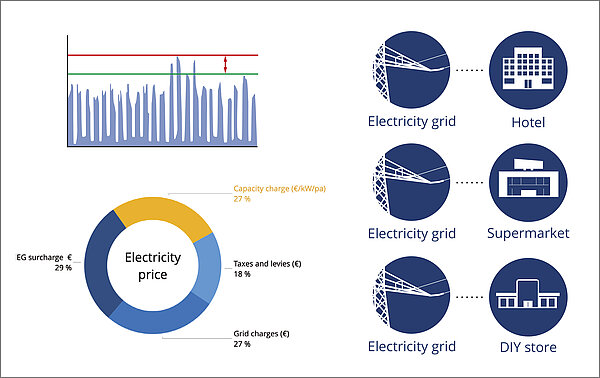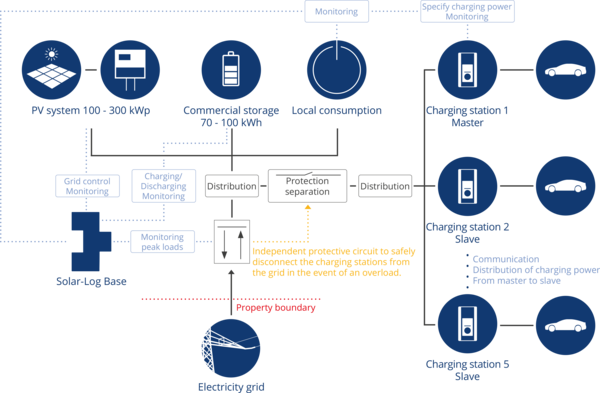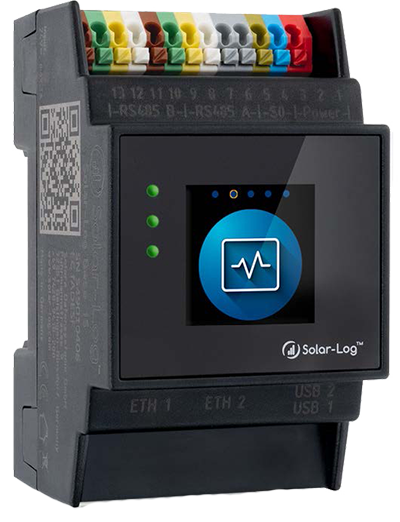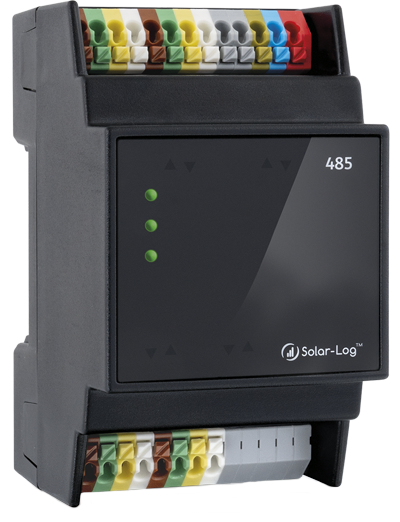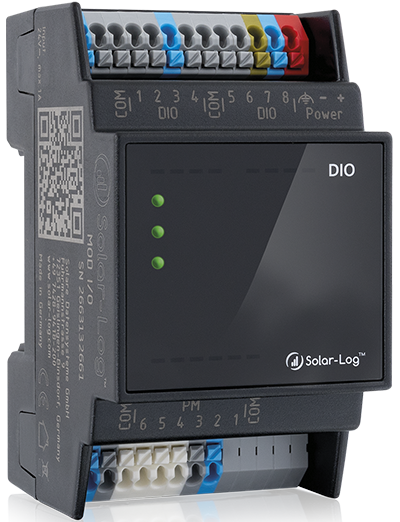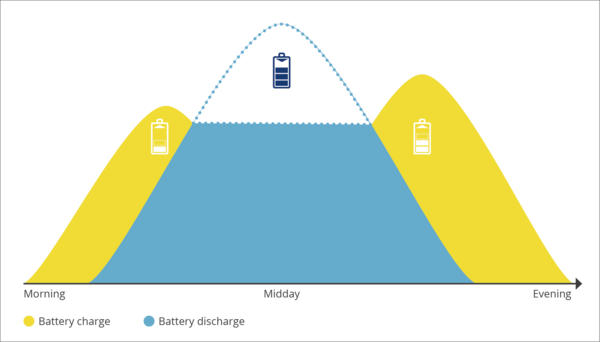
By using the Solar-Log control system for peak shaving and load management, the PV system can be used in conjunction with a qualified commercial storage system. This reduces the connected load at the grid connection point and continues to use sustainable energy for e-mobility. By using the Solar-Log Base, the user is able to monitor his PV system and realize a grid-compliant connection to the medium-voltage grid. Moreover, it is also possible to include an e-charging infrastructure and a commercial storage unit in the intelligent load management with the new control.
